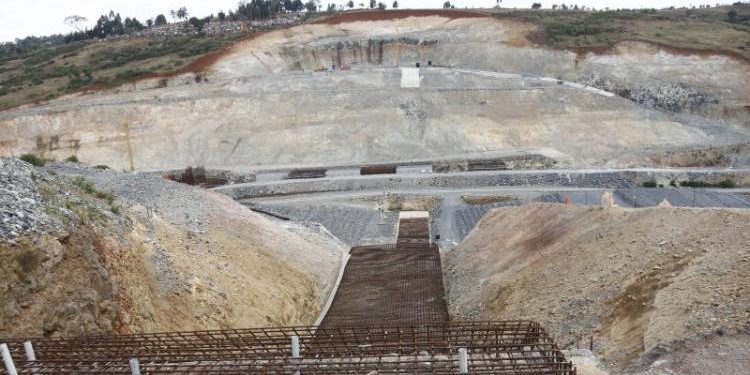Project failures in Kenya are often attributed to a combination of factors that can be broadly categorized into planning, financial, managerial, and external influences. Understanding these causes is crucial for mitigating risks and improving project success rates. Here are some of the main reasons why projects fail in Kenya:
- Poor planning and feasibility studies:Many projects in Kenya fail due to inadequate planning and lack of comprehensive feasibility studies. For instance, the stalled Itare Dam project in Nakuru County was plagued by poor planning and environmental concerns, leading to its abandonment.
- Insufficient funding and financial mismanagement:Financial constraints and mismanagement of funds are significant contributors to project failures. The Arror and Kimwarer dam projects, for example, faced financial hurdles and allegations of corruption, which resulted in their suspension.
- Inadequate stakeholder engagement:Projects often fail when stakeholders, including local communities and government entities, are not adequately involved or consulted. The Lamu Coal Power Plant project faced strong opposition from environmentalists and local residents, leading to its halt.
- Political interference and bureaucracy:Political dynamics and governmental red tape can derail projects. The Konza Techno City, envisioned as Africa’s Silicon Savannah, has experienced delays partly due to political interference and slow governmental processes.
- Poor procurement oftechnical expertise and skilled workforce: The shortage of technical expertise and a skilled workforce can hinder project implementation. For example, the construction of some county hospitals has been delayed due to the lack of skilled medical infrastructure developers.
- Environmental andsocialfactors: Environmental regulations and social impacts can also cause project delays or cancellations. The Nairobi Expressway project faced challenges related to environmental concerns and the displacement of communities.
Addressing the root causes of project failures in Kenya requires comprehensive planning, transparent financial management, effective stakeholder engagement, minimizing political interference, and ensuring the availability of technical expertise. By learning from past mistakes and adopting best practices, Kenya can improve the success rate of her development projects and achieve sustainable growth.

















